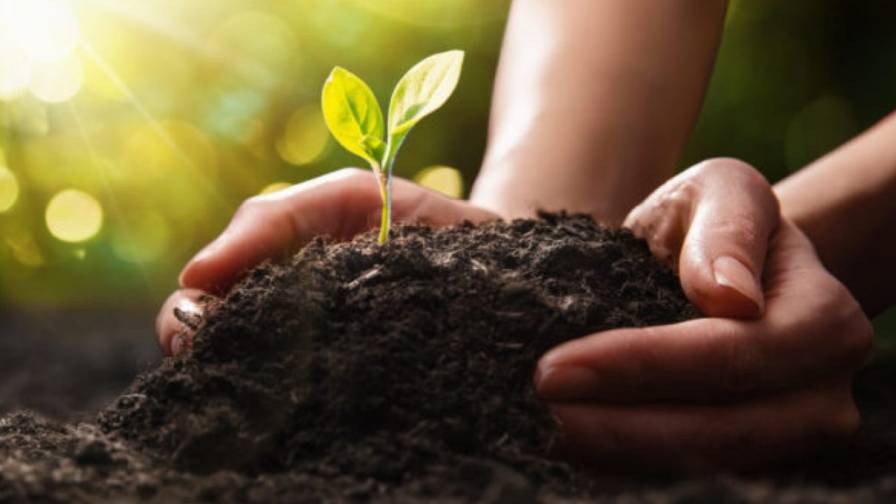How IoT Applications are Shaping the Agriculture Landscape
Since the Great Farming Revolution in the 1960s, the global population has doubled in size. This has resulted in more pressure and strain on the agriculture industry to supply the necessary demand the current population requires. In recent years, the implementation of IoT technologies has been key in automating the industry and maximizing production for our ever-growing population.
While the adoption of IoT technology within the agriculture industry is still in greenfield, it’s already making a huge impact through the automation of everyday farming processes and reduction in labor costs. For example, currently, the two most prevalent ways in which IoT is shaping the industry are precision farming and livestock monitoring.
While IoT technology has been used in livestock monitoring for the last few decades, its use has been limited to livestock – chickens, pigs, and cows used to produce dairy or milk in confined spaces – as they are all easily monitored. The recent push to collect and analyze data on “free-range” chickens, pigs, and cattle has presented an entirely new frontier for IoT technology. It’s presenting a new challenge in the monitoring of livestock – especially in terms of how we go about collecting data on this type of livestock. For instance, concerns such as what does healthy free-range livestock look like, how much grazing do they do, what square area of land do they require to be healthy, etc. As we monitor free-range livestock, all these different points need IoT to collect this data to yield the best outcome in production.
Additionally, consumers are now smarter and more conscious of what they are consuming. Twenty years ago, the average consumer would not have known what free-range chicken or grass-fed beef were. Today’s consumers are more individualized in their needs – it’s no longer a one size fits all mentality – because they want to know they’re consuming the healthiest, safest products. This means there are a variety of IoT applications needed to monitor the heart rates, acceleration, and location of livestock in the field. These new technological advancements and expanded data pool provide consumers the peace of mind – this cow spent 95% of its time on an open range – that they seek to make smarter, healthier purchasing decisions.
There are around 7.6 billion people inhabiting the planet today. In another 30 years, this number is expected to reach over 9 billion. Combine the growing population with the looming labor shortage from a sheer numbers-based perspective – given that the overall demographic of the world is aging and less people are entering the workforce – the agriculture industry needs to produce more. This has led to the rise of robots and automation, such as precision farming, in the agriculture industry, which is now vital to the industry’s ability to keep up with this growing supply and demand.
One of the most overlooked aspects of farming, where precision farming has come into play, is drainage and irrigation, as both are extremely important to crop production. Soil needs the right amount of moisture to ensure the integrity of the crop is not compromised. When water levels get too high, it creates runoff. This leads to the overwatering of crops, enables the spread of pesticides into the ecosystem, etc. By retrofitting drainage pipes with IoT sensors, farmers are better able to monitor the control and release of water more closely. Additionally, these IoT applications allow farmers to monitor drainage systems remotely, from the comfort of their own homes. Aside from being more productive and convenient, IoT can also reduce labor cost and other expenses by reducing the frequency of site visits.
As the agriculture industry continues to digitally transform, we will begin to see a greater demand for simpler IoT solutions. Currently, the requirements for most of these technological solutions are complex – from wireless capabilities and security to energy consumption. The idea of ‘co-creation’ will continue to pick up steam, as farming processes become more automated. This in turn will help move IoT application in the industry forward, bringing technology experts from different fields together to create agriculture-specific solutions that can be tweaked to individual needs.









